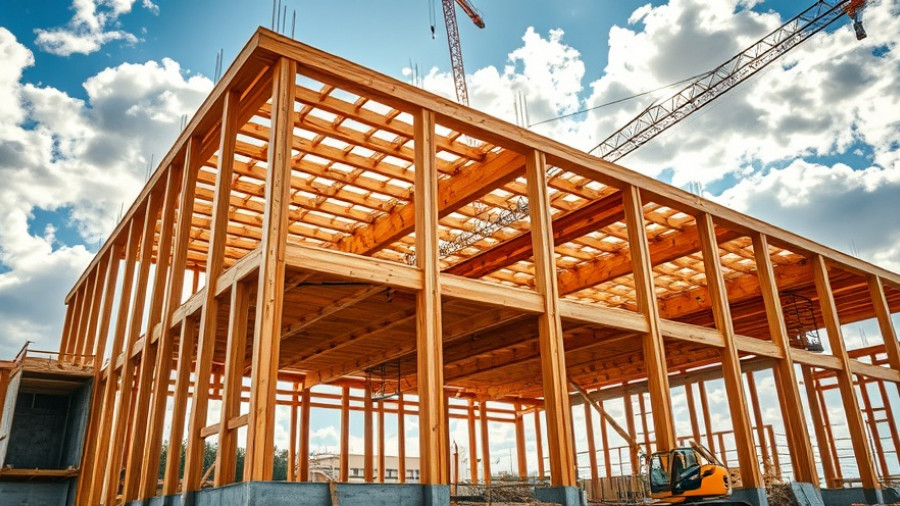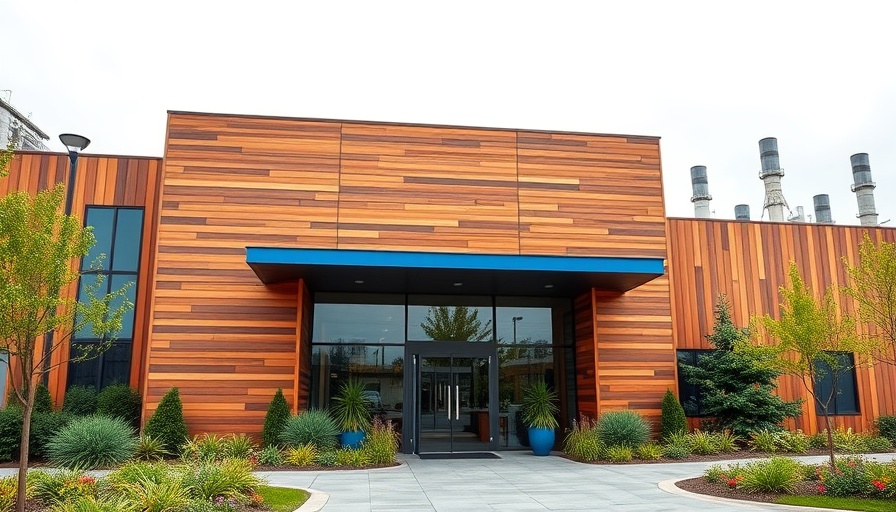
Graycor Construction’s Strategic Move in the Southwest
In a significant step to bolster its presence in the Southwest construction market, Graycor Construction has appointed Brett Helm as the general manager of its Southwest Division. Helm, a seasoned professional with three decades of experience, will operate from the company’s Phoenix office, targeting opportunities in advanced manufacturing, semiconductors, and retail.
The Rising Demand for Advanced Manufacturing
The Southwest region has become a focal point for advanced manufacturing projects, particularly in the semiconductor sector. Helm's extensive background, including over 20 years at DPR Construction and roles at prominent companies like Gilbane and HITT Contracting, equips him to navigate this evolving landscape. Recognizing the growing demand for data center space, Helm will also prioritize strategic portfolio growth, allowing Graycor to stay competitive in a rapidly changing market.
Talent Management: The Key to Success
In addition to project management, Helm’s focus on talent management underscores a crucial aspect of corporate success: people. As construction firms vie for talent in a tight labor market, the ability to attract and retain skilled workers will be vital for executing ambitious projects on time and within budget.
Graycor’s Vision and Market Integration
Graycor's strategic hire reflects broader trends in the construction industry, where firms are increasingly dedicated to specialization in high-demand sectors. With players like Skanska and PCL establishing dedicated units for advanced manufacturing, Graycor aims to differentiate itself by integrating its capabilities while enhancing operational efficiency and competitiveness.
Looking Ahead: Future Trends in Construction
The appointment of Helm signals Graycor’s adaptability in light of evolving market demands. The construction landscape is poised for transformations driven by digital technology and sustainability practices, which means that companies focused on innovative project delivery methods and environmental considerations will thrive. Helm’s leadership will be essential to navigate these waters as Graycor aims to position itself at the forefront of emerging trends.
Conclusion: Turning Insights into Action
The recruitment of Brett Helm represents more than just a personnel change; it embodies Graycor's strategic vision for growth and adaptability in a challenging market. In a sector characterized by constant change, business owners and property developers should take note of these developments to inform their investment decisions and project strategies.
Consider how such leadership moves can influence your business ambitions. Stay ahead of industry trends and invest wisely to ensure your projects not only succeed but set benchmarks for excellence in construction.
 Add Row
Add Row  Add
Add 




Write A Comment